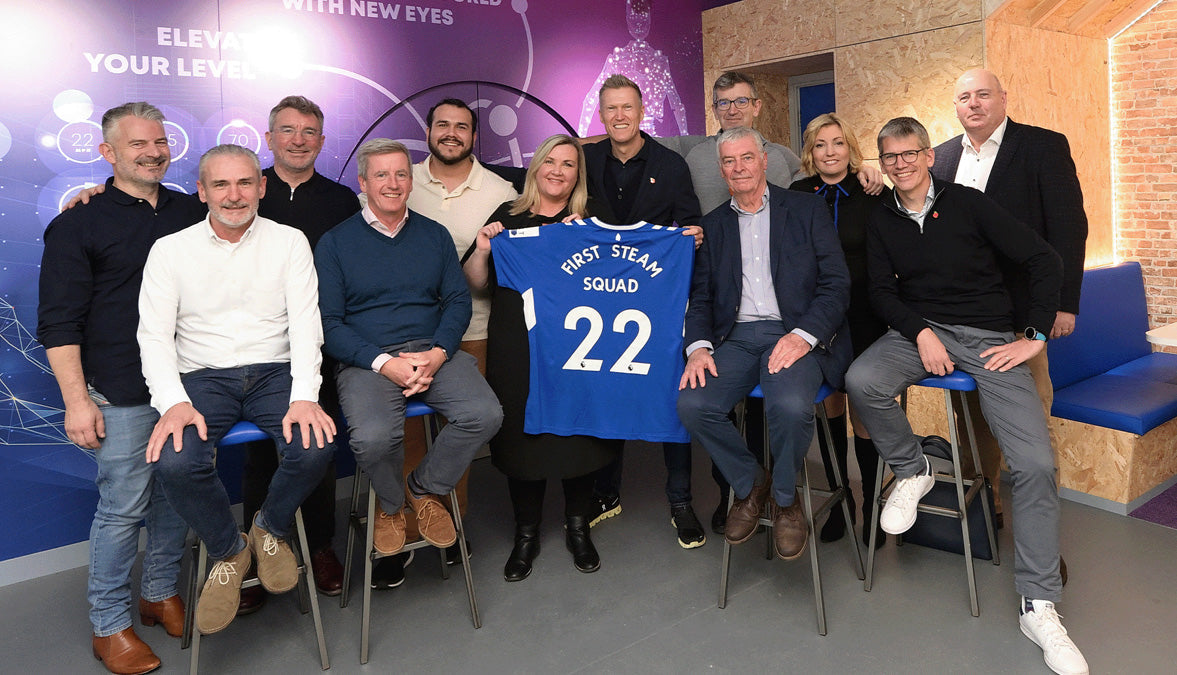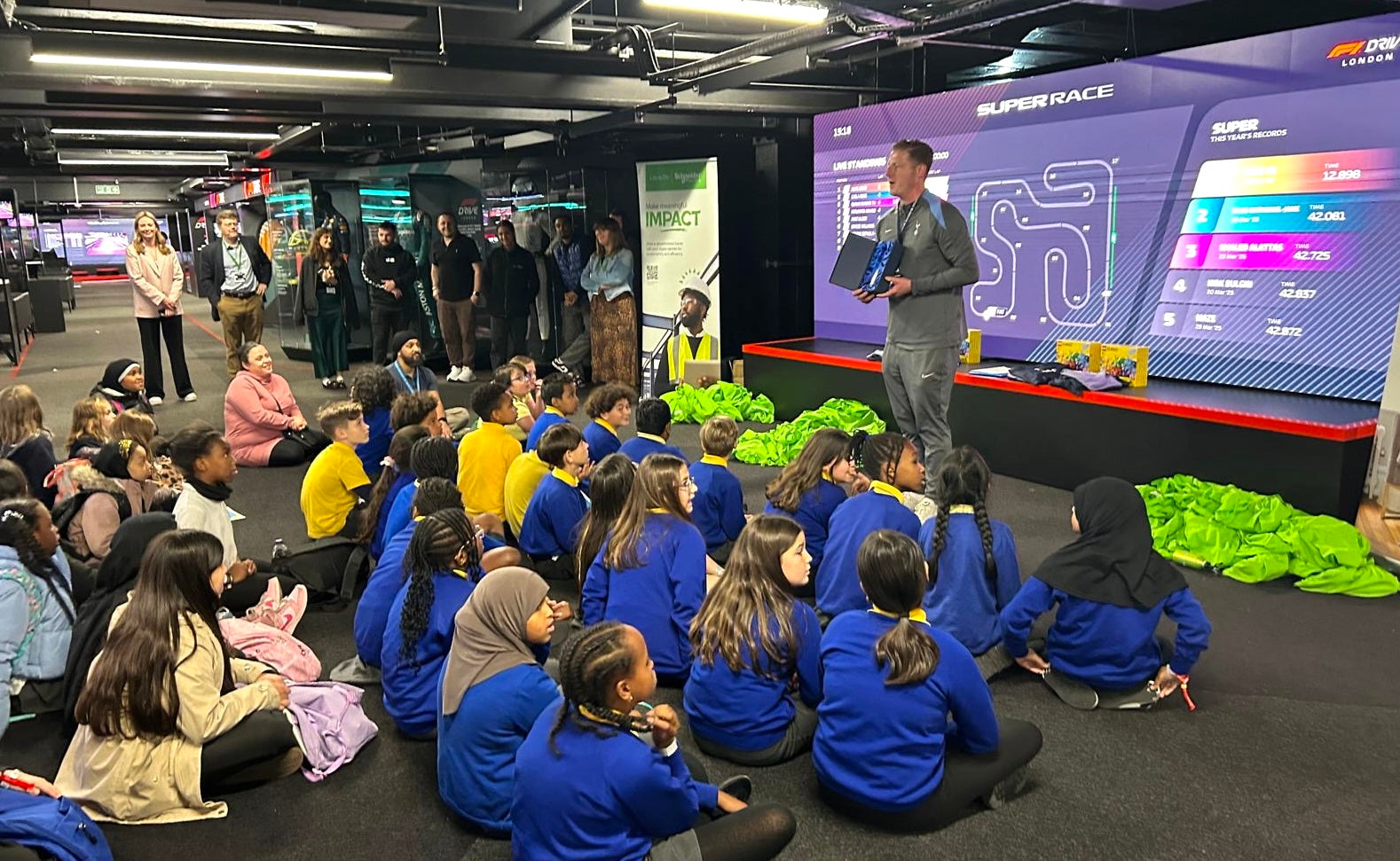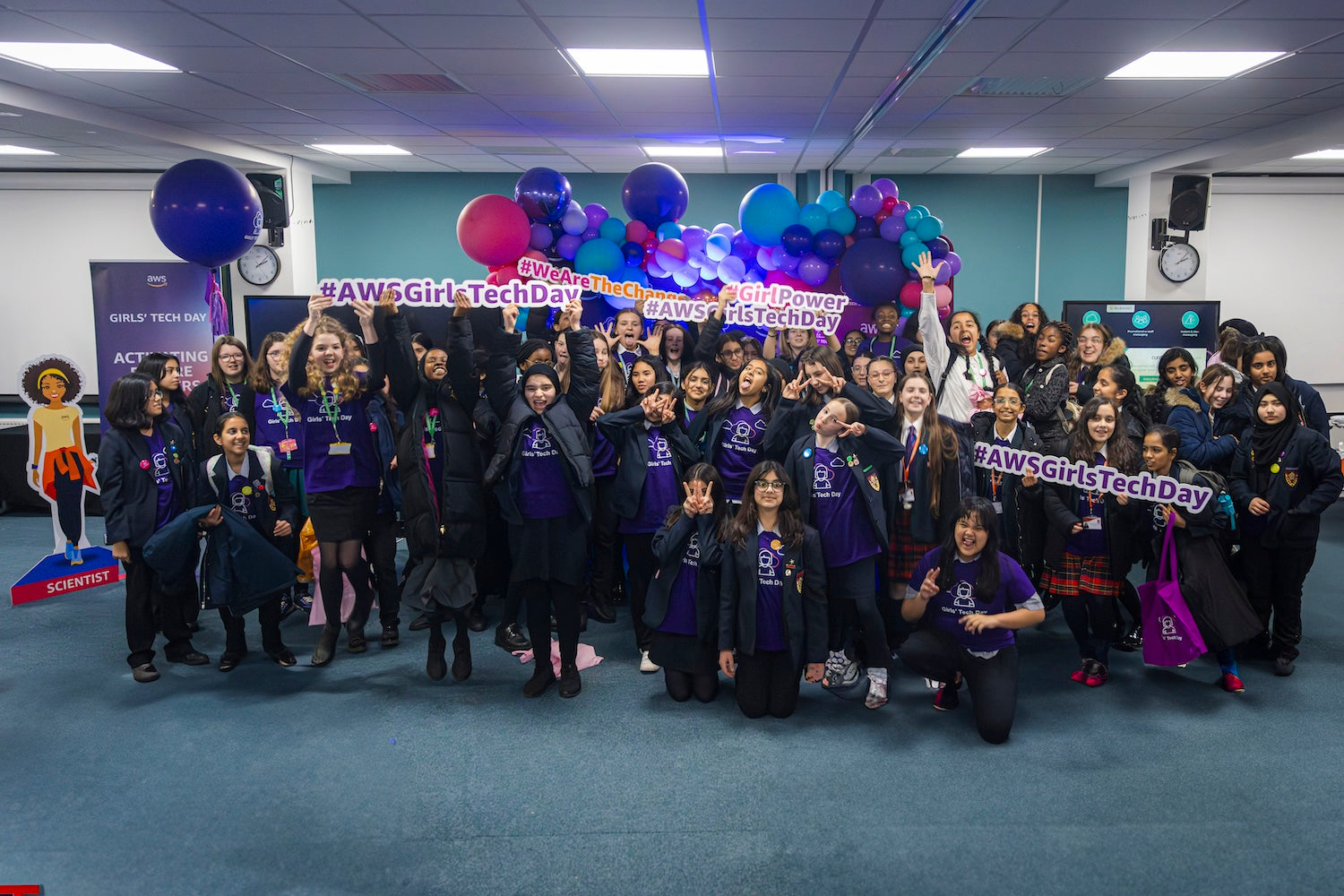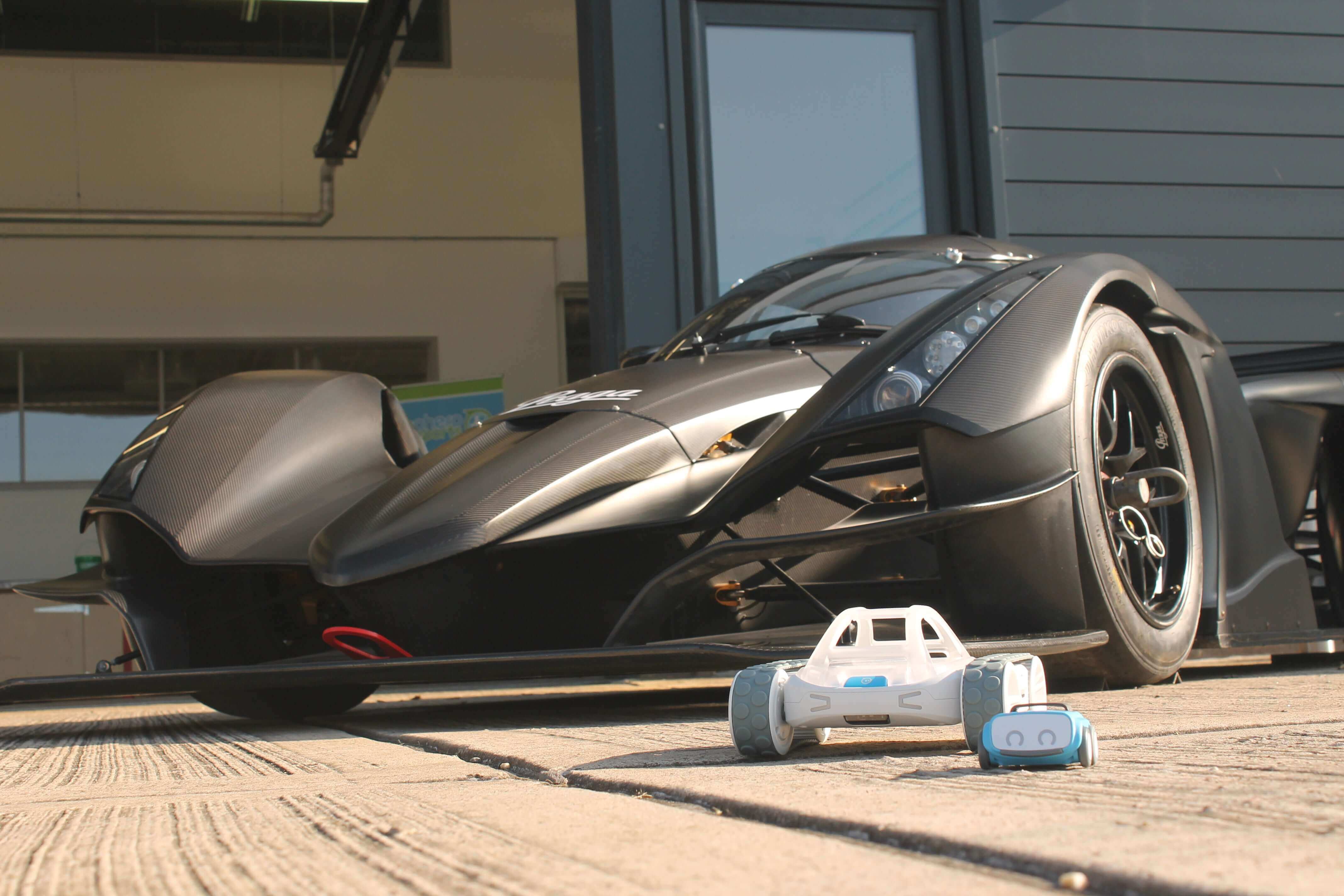
Self-Driving Cars and Future Transportation
Our fun Autonomous Vehicles & Future Mobility outreach programme will get students excited about the future and help them get ready for the jobs that will be available. This fun programme teaches kids about smart cities, self-driving cars, and eco-friendly transportation through hands-on robotics, coding challenges, and innovation workshops.
Creative Hut's Autonomous Vehicles & Future Mobility outreach programme uses robotics, engineering, digital technology, and sustainability to make learning fun and interesting. Each topic is meant to help students learn important STEAM skills and also connect them to the future of transportation.
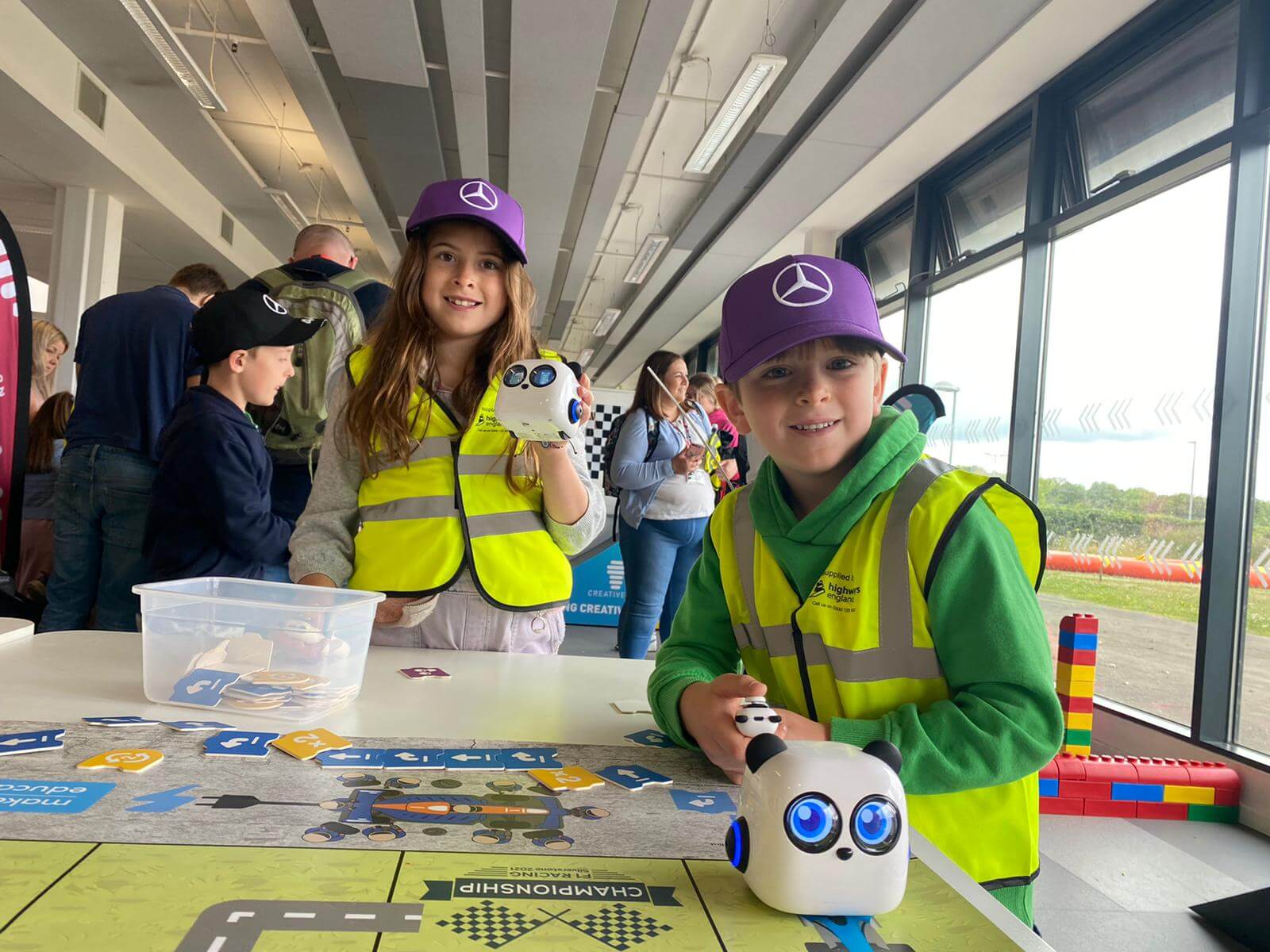
1. What is technology that works by itself?
Students learn how self-driving cars work by studying the sensors, cameras, and AI that make them work.
- What does it mean when a car is "self-driving"?
- How people use AV technology in their daily lives
- Questions of morality and safety
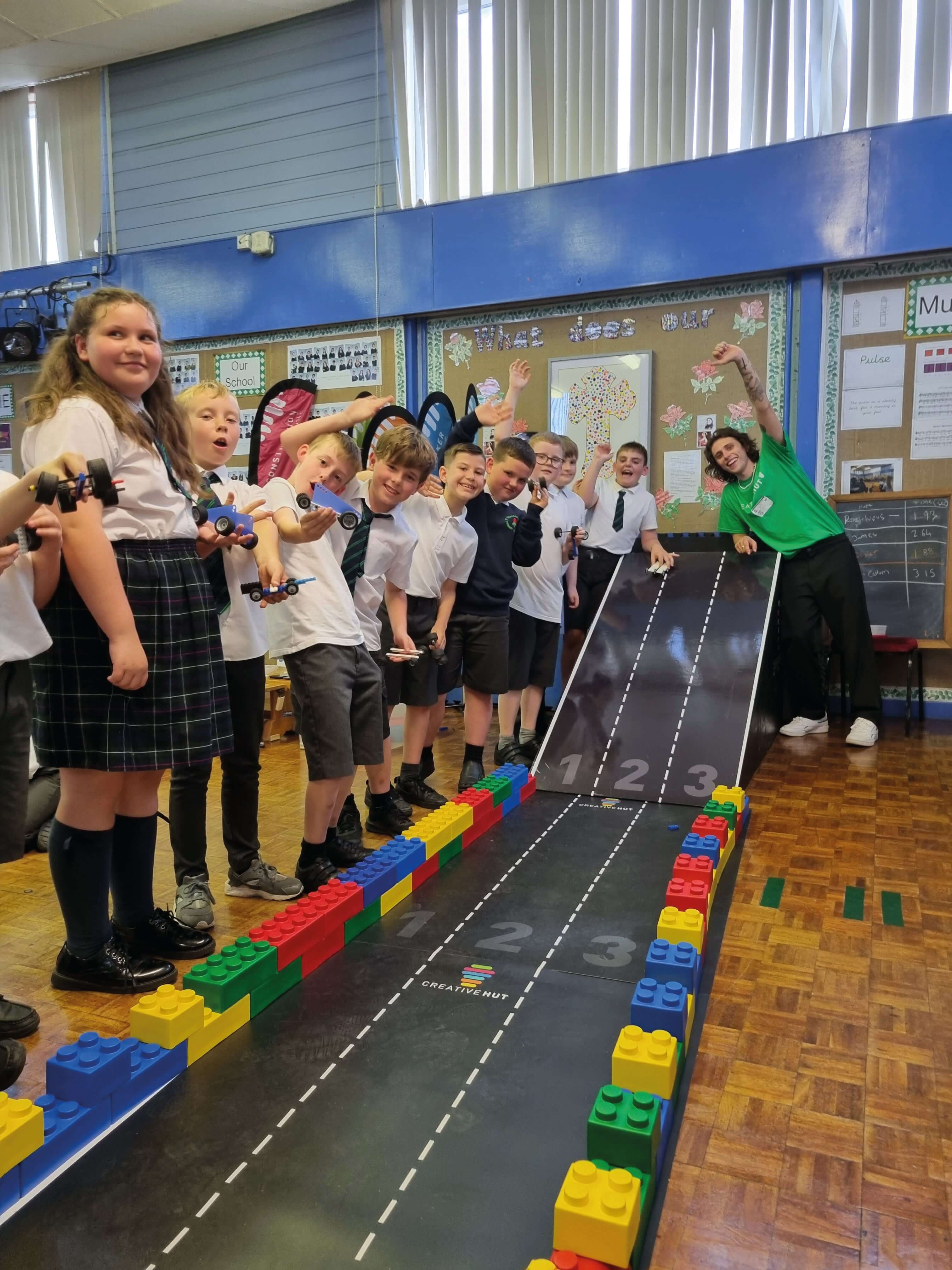
2. Making and designing robots
Students make their own robotic cars with the help of hands-on kits. They’ll discover how to make things work, look good, and move.
- The main ideas are the design and stability of the chassis.
- Adjusting the gear ratios and making sure the wheels are in line
- Going through the process of finding solutions
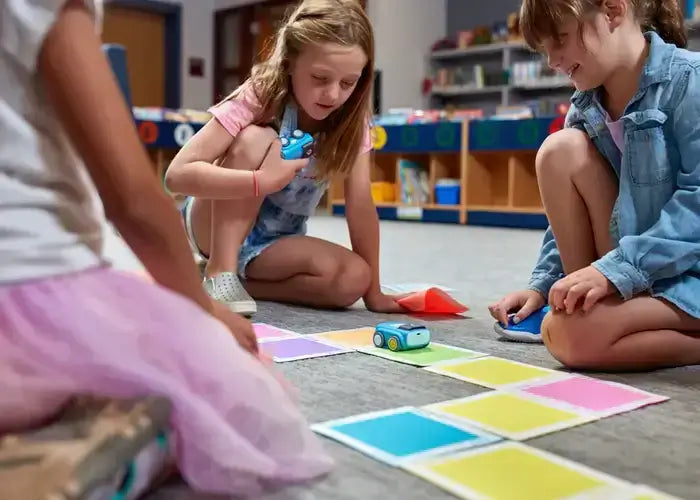
3. Writing code to help you get around and avoid things that get in your way
Students use either block-based or Python coding to tell their cars how to move, respond to sensors, and make decisions, depending on their age and skill level.
Important things to remember:
- Sensors make it easier to find your way.
- Code with loops, conditionals, and functions
- Debugging and getting better in real time
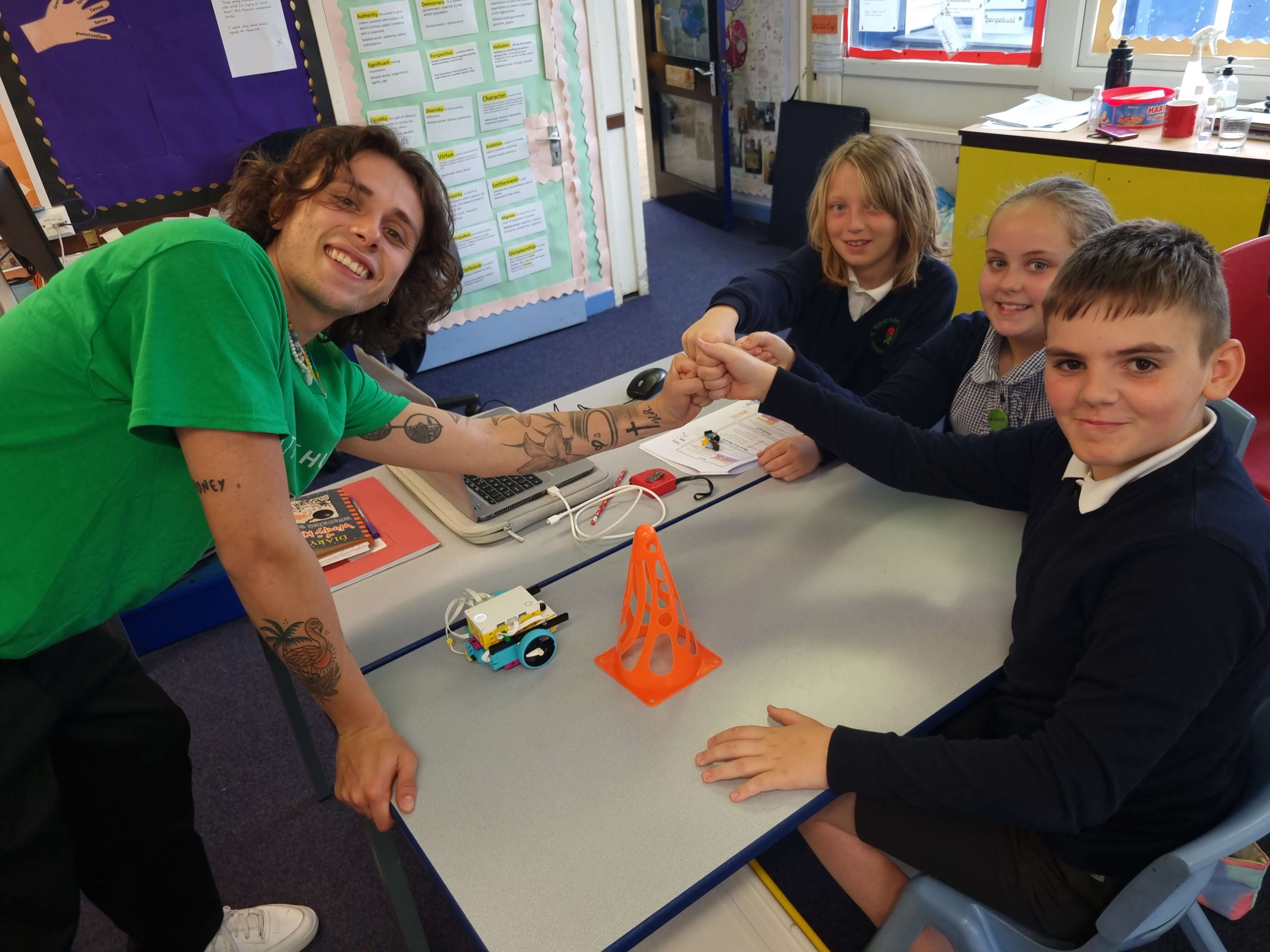
4. Cities that are smart and have public transport that works together
Students learn how smart cities use cars and other infrastructure to make things safer and cut down on pollution.
- Two important ideas are traffic systems and the Internet of Things (IoT).
- Collecting and analysing data about transportation
- The pros and cons of connected mobility
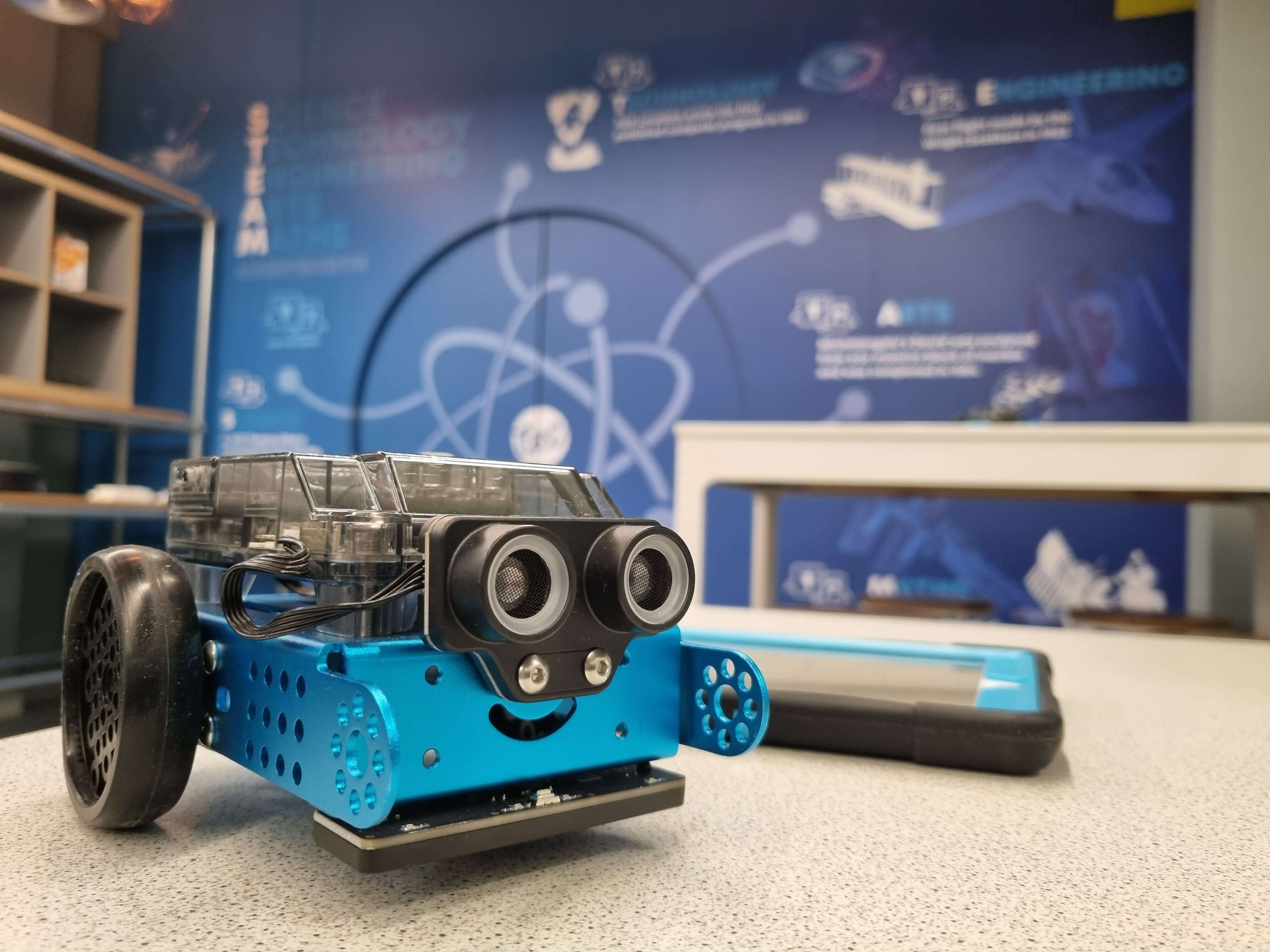
5. Design that is good for the environment and lasts
People who think about eco-friendly transportation think about how cars are made and how their use affects the environment.
- The role of electric cars and hydrogen-powered cars.
- Moving people with clean energy
- Making things that last
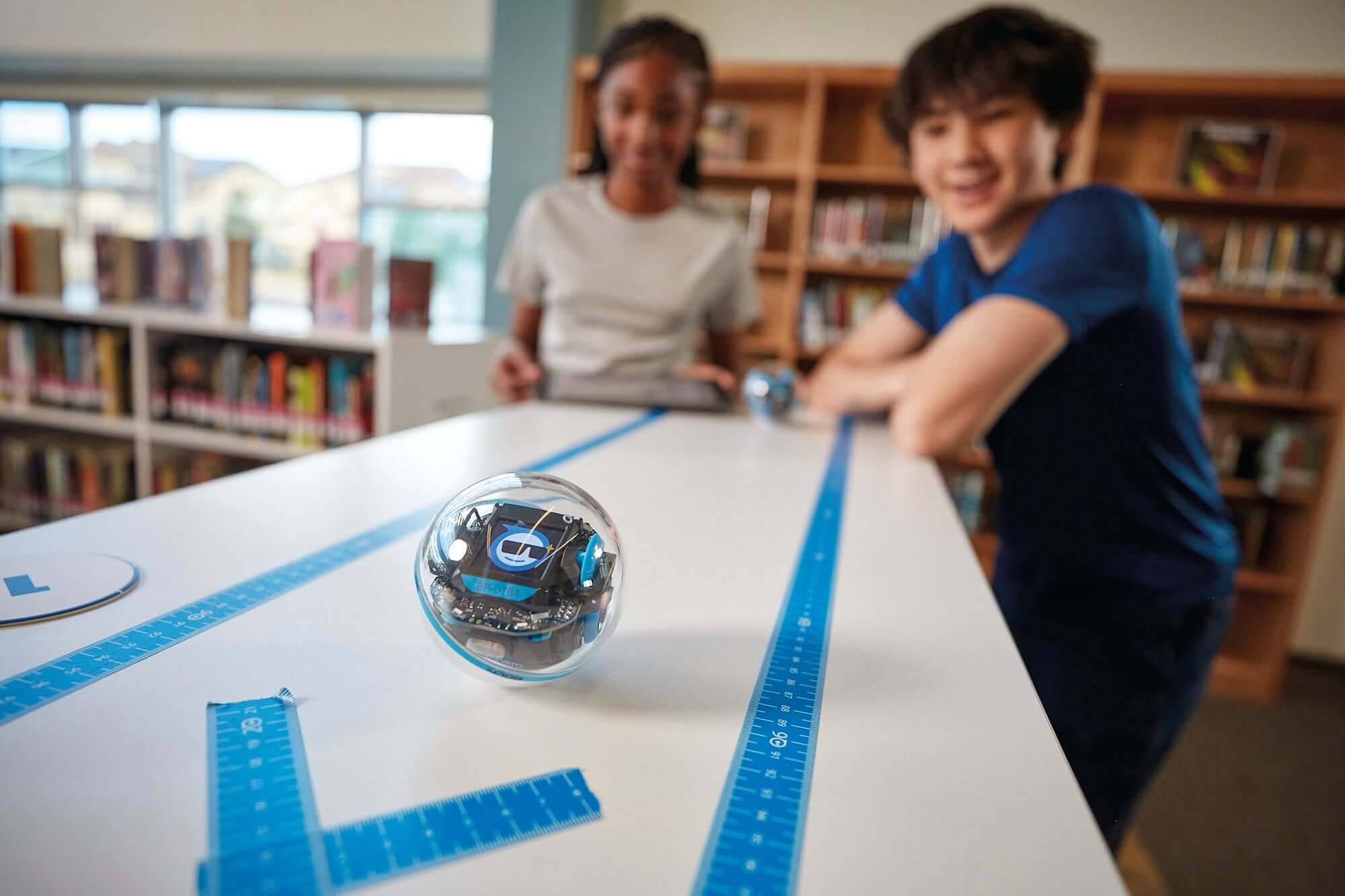
6. Optimising traffic systems and routes
Students act out real-life situations by using junctions, signals, and changing routes. They learn how to use AI and software to make their trips better. Algorithms help to figure out how to get from one place to another and simulations of traffic flow
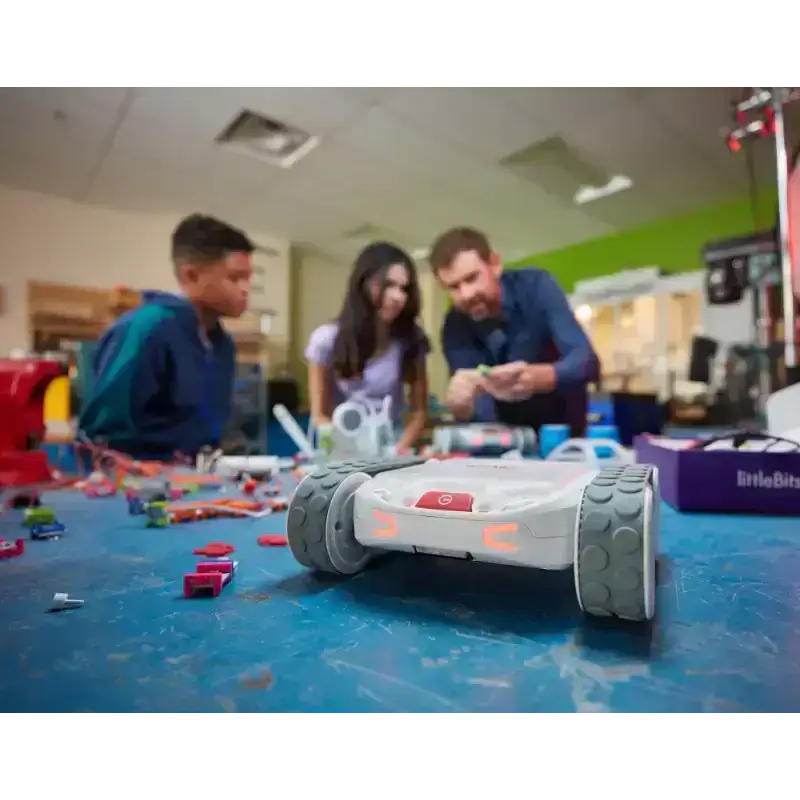
7. A problem for new car technology in the future
The teams are in charge of making the "car of the future," which must have the latest technology, be good for the environment, and be easy to get to.
- Being imaginative and thinking like a designer
- Making prototypes and pitching ideas
- Speaking to community leaders and other people
Enquiry Form
Let's discuss implementing this as your outreach programme.
Contact us to discuss implementing this as your education outreach programme.


